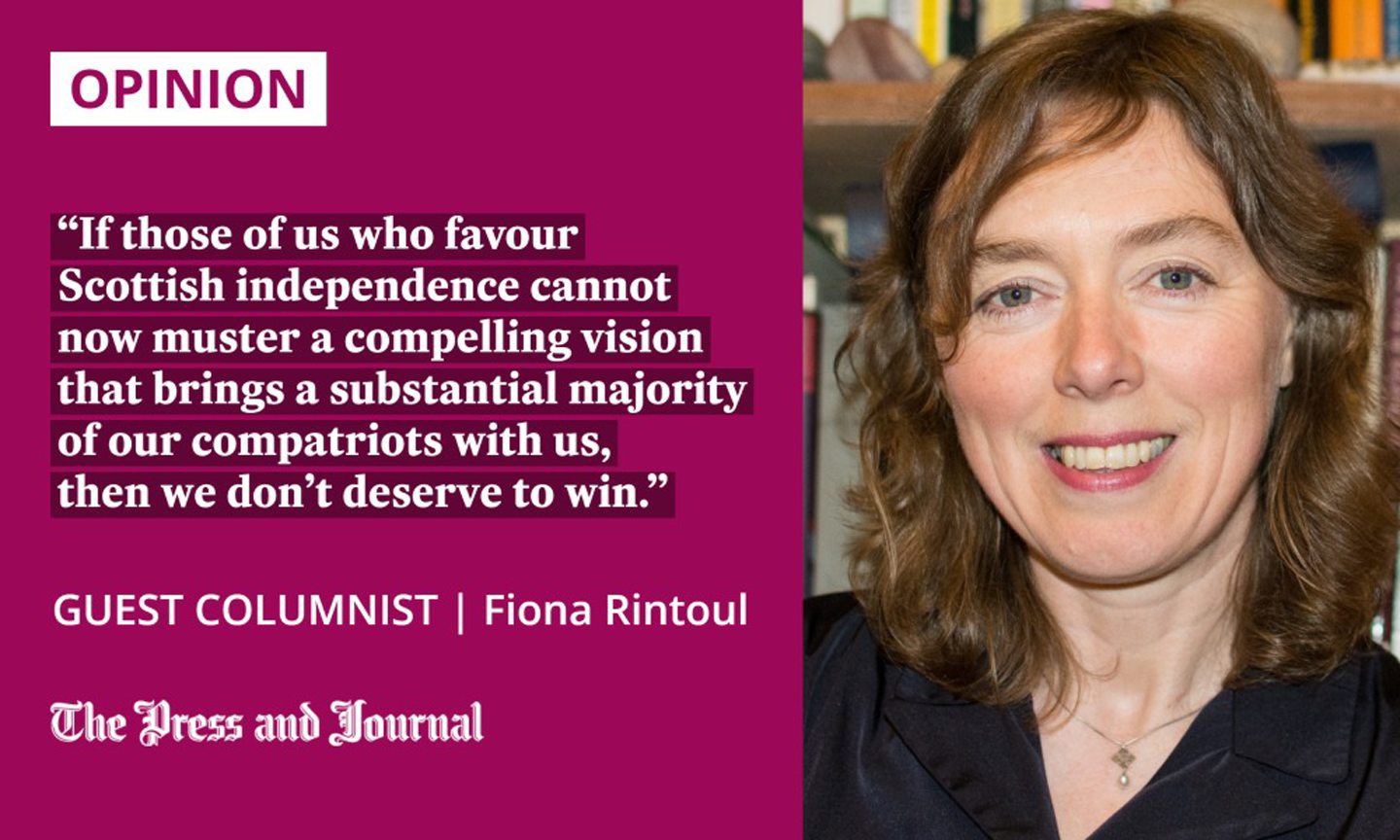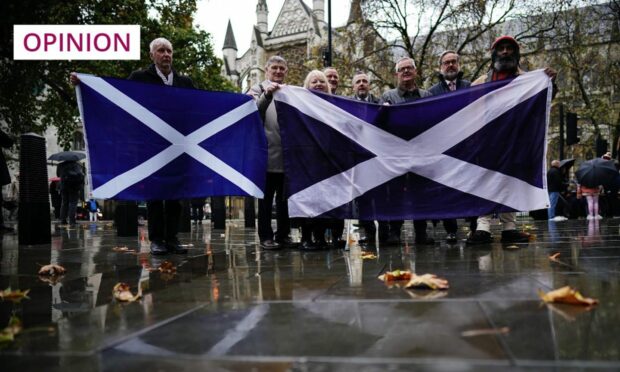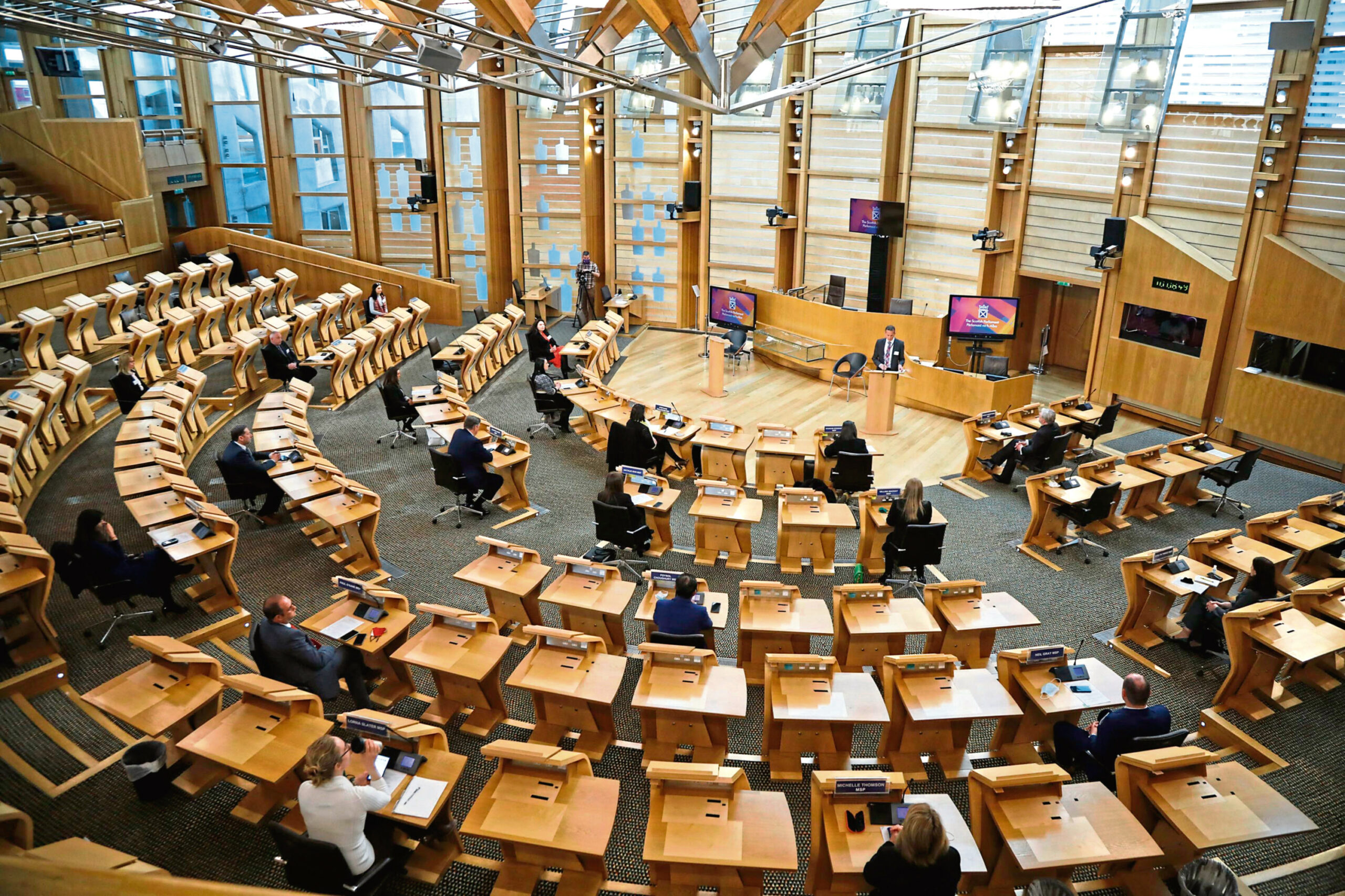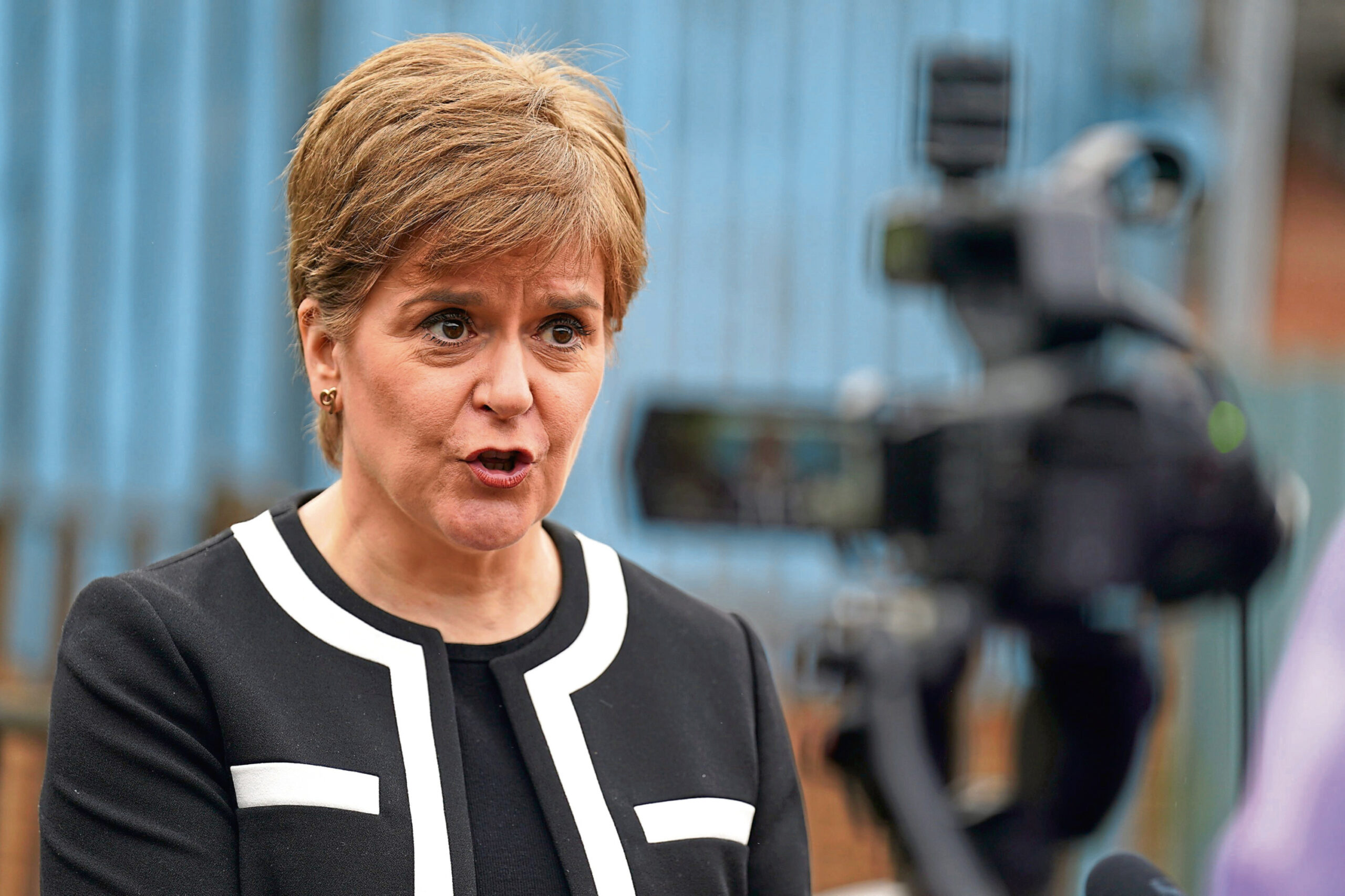Regardless of views on independence, Scots should all want the choices they make at Holyrood elections to mean something, writes Fiona Rintoul, in the wake of the Supreme Court’s ruling on a second referendum.
He who laughs last laughs longest. All but the most sober unionists appeared to have forgotten this antique maxim when the Supreme Court ruled that the Scottish Government does not have the power to call a referendum on Scottish independence without Westminster’s say so.
Many were those who took delight in this decision, predicting that it would put the first minister back in her box and terminate all that silly nonsense about indyref2.
I’m not a lawyer and so I’m not going to plunge into legal arguments. That is for others who are better versed in the law.

I respect our courts and our judges, and I have no doubt that this ruling is a correct interpretation of the Scotland Act. It may, as Richard Murphy, professor of accounting practice at Sheffield University contends, also be a decision that undermines its own validity. But that does not mean it is incorrect.
The ruling was billed as a defeat for First Minister Nicola Sturgeon and her government, but I’m not so sure about that. A bad part of me wonders if this outcome doesn’t rather suit the FM and the SNP-Green administration at Holyrood.
In truth, October next year does not look like a fantabulous time to have a second referendum on Scottish independence – assuming you are hoping for a conclusive Yes vote.
Scotland is still split on independence
Scotland remains split down the middle on the independence issue. And, let’s be clear: if we are going to do this, we need a conclusive majority of the sort that gave us devolution. Scraping over the line is a recipe for the division and political and economic chaos that have become normal in the UK, since the wafer-thin vote in 2016, in favour of the lunatic project of Brexit.
It is quite impossible to imagine Brexit commanding a 75% majority, as Scottish devolution did in 1997. You cannot fool all of the people all of the time – or even three-quarters of them.
1/ While disappointed by it I respect ruling of @UKSupremeCourt – it doesn't make law, only interprets it.
A law that doesn't allow Scotland to choose our own future without Westminster consent exposes as myth any notion of the UK as a voluntary partnership & makes case for Indy— Nicola Sturgeon (@NicolaSturgeon) November 23, 2022
If those of us who favour Scottish independence cannot now muster a compelling vision that brings a substantial majority of our compatriots with us, then we don’t deserve to win. It’s as simple as that.
For, while the Supreme Court ruling has made it harder to organise a second referendum, it has not made it harder to make the case for Scottish independence. It has made it easier.
All Scots should want Holyrood to be respected
The ruling clarifies Scotland’s place in the union under current arrangements, and, in the end, clarity always favours the honest broker. That is perhaps why the Westminster government hoped the Supreme Court would decline to rule on the question of whether Holyrood has competence to legislate for a second vote. Too much bright light in a dark room just shows up the stoor.
We now know where we are, and it’s not a pretty spot. If there were a Holyrood election tomorrow, and we voted in only pro-independence MSPs, our parliament still would not have the power to call an independence referendum. That does not feel like a blistering victory for democracy – or a settlement that anyone in Scotland should want.
Regardless of our views on independence, all of us should want our parliament to be respected. We should want the choices that we make at Holyrood elections to mean something.
UK and Scotland appear at odds with each other
If you want your first minister to get back in her box, perhaps you should reflect for a moment on what that says about you. Do you hate yourself? Do you suffer from low self-esteem?
The UK Government indicated that it would not permit a fresh independence referendum, although Scottish voters returned a pro-independence government
Ditto if you are delighted by a ruling that clarifies that our government is a gelding, unable to fulfil the mandate the Scottish people gave to it at the ballot box because it has been constitutionally castrated.
We are only here because the UK Government indicated that it would not permit a fresh independence referendum, although Scottish voters returned a pro-independence government.
Above all, the Supreme Court’s ruling shows that our constitutional settlement is not just broken, but in smithereens. No one should want that. And anyone who smells victory in this outcome will not laugh for long.
Fiona Rintoul is an author and translator



Conversation